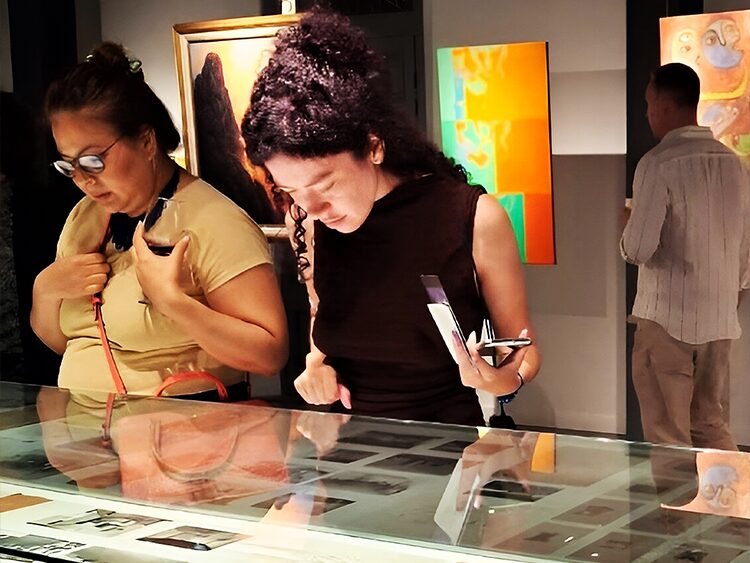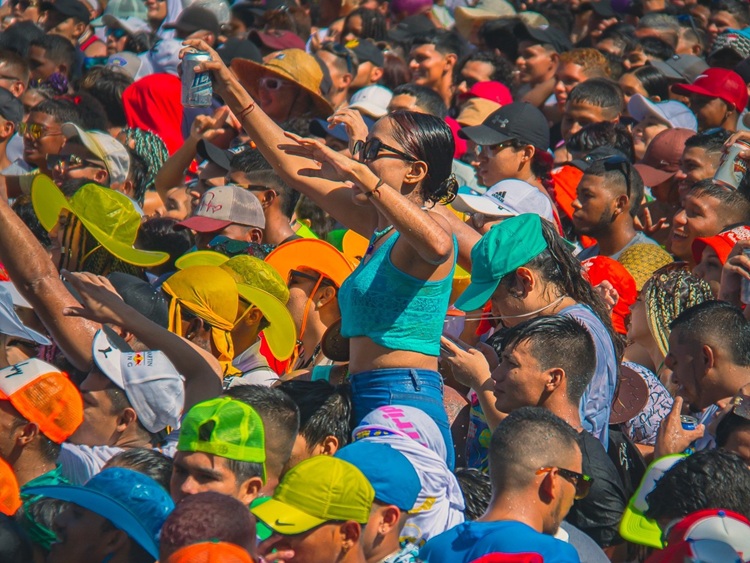Graffiti… Graffiato… Graphein… Ancient Urban Art Hits Casco Viejo
Graffiti art draws attention. This is a plain fact. Passing by a street, suddenly, a well done (or badly done) graffiti is on the wall and you can´t help but see it. For some (if it is a well done graffiti) and only for a micro second, a smile curves the very corner of their lips. For them, there is something about that wild expression of street rebelion that appeals to their skin. Maybe something they already thought about and never dared to speak and are glad someone else took the chance to “scream” about it visually on a public surface.
For others, is an attempt to public and private property, and specially if the graffiti is badly done, a monument to bad taste that should be wiped out, properly cleaned by those vandals.
And this reaction is exactly the point of Graffiti. This word comes from the Italian word Graffiato. Some track it back to the Greeks, Graphein, which means to write. But I like Graffiato better, as it means “scratched”. To produce works of art by scratching a design into a surface. That scratch produces another one in our own sensibilities, makes us think for a moment, meditate about it.
What very few know, myself included until read in Wikipedia, is that the Romans used graffiti on walls and monuments all throughout the Empire. Because many were preserved by the eruption of the Vesuvius they help us understand how was the the real roman citizens lived (not at the high level of their governants or the history gloriously passed on books) but down to the street level. What was it like. There were graffitis of all sorts, from magic spells to famous literary quotes. From Political slogans and caricatures to the address of brothels.
But apparently they weren´t the only ones scratching their walls, in America, the Mayans also did their share in Tikal. There are examples in many other cultures and places like the Vikings all the way down to Constantinople.
Why? because in the words of Terrace Lindall “People who are oppressed or suppressed need an outlet, so they write on walls – It´s free…”. On the same token, she points out ” However, people also have a right to protect their property. it is a human dilemma.”
Today, everyone associates Graffiti with hip hop culture. But this was only after the 60´s. Artists like Jean-Michel Basquiat used this technique and brought it to the formal art world, where it hasn´t left ever since. After all, art and well done anti-stablishment understand each other very well! The art has evolved and depending – of course – of the artist it might still “scratch” our surface with an interesting/controversial subject or not. Some graffiti are purely abstract, a use of their technique per se. Or maybe just to force us out of our real world for a second and look into some wild vision of their own imaginarium.
In the heavily regulated external skin of Casco Viejo there is little space for this rebelious behavior. But inside it… surprises may pop up! check the artists out at: Ripo + Above : http://southcentraltour.wordpress.com.
Ps. the WachoStyle piece is by Cisco…





